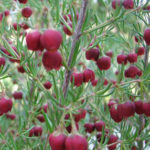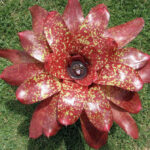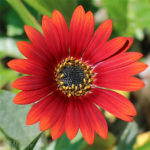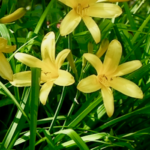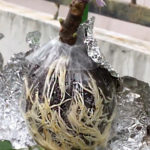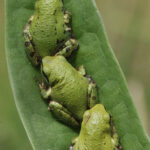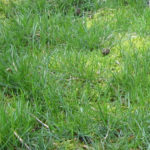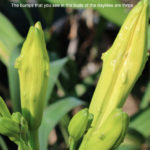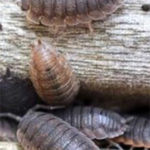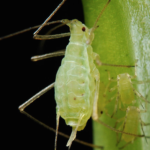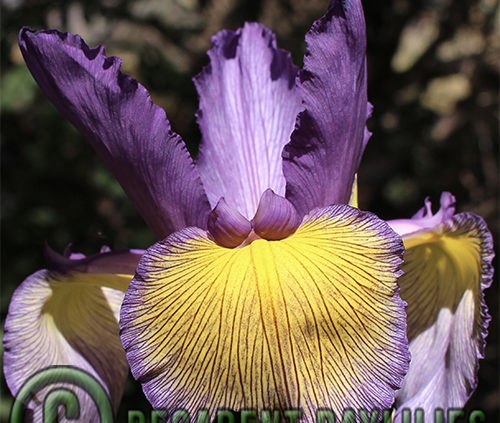
Spuria Iris Information
Spuria Iris Growing Spuria Irises And Caring Tips
 Spuria Iris once upon a time was also known as the butterfly Iris. The beardless perennial plants belonging to the genus iris. This rhizomatous plant is widely found in Asia, Africa, and Europe and is widely used as an ornamental plant. They are well suited for various areas in Australia, as they prefer dry summer conditions. Spuria Iris comes with white, lilac, blue, purple, yellow and brown flowers. The leaves are slender and sword-shaped. This plant blooms in late spring, towards the end of the Tall Bearded Iris flowers and continue flowering till the first part of summer. The Spuria Iris grows to a height of 3-6 feet and spreads to 6-12 inches. Floral arrangers love Spuria Iris, they make perfect cut flowers, with their tall spikes cut before the blooms open. If you want a good display of this iris in your garden, it is wise to leave the large clumps undisturbed for many years. It can be used to create borders in the garden or can be grown as a striking backdrop in raised flower beds.
Spuria Iris once upon a time was also known as the butterfly Iris. The beardless perennial plants belonging to the genus iris. This rhizomatous plant is widely found in Asia, Africa, and Europe and is widely used as an ornamental plant. They are well suited for various areas in Australia, as they prefer dry summer conditions. Spuria Iris comes with white, lilac, blue, purple, yellow and brown flowers. The leaves are slender and sword-shaped. This plant blooms in late spring, towards the end of the Tall Bearded Iris flowers and continue flowering till the first part of summer. The Spuria Iris grows to a height of 3-6 feet and spreads to 6-12 inches. Floral arrangers love Spuria Iris, they make perfect cut flowers, with their tall spikes cut before the blooms open. If you want a good display of this iris in your garden, it is wise to leave the large clumps undisturbed for many years. It can be used to create borders in the garden or can be grown as a striking backdrop in raised flower beds.
Caring for Iris Spuria
Caring for this plant is easy as it is a low maintenance plant.
- Spurias need well drained and humus rich soil but can also grow in clay soil and in damp areas like marshes and swamps and also tolerate saline soils.
- It prefers the positions which receive full sun or partial shade. When grown in a shady area, flowering is reduced. They grow well in areas with hot, dry summer. They need plenty of watering in spring.
- Make sure that you add well-rotted compost to the soil before planting. These plants are heavy feeders and you need to apply slow release fertiliser with high phosphate content. You can also use general purpose fertilisers during spring to ensure appropriate growth and flowering.
- Spuria plants do not bloom the first year after dividing them.
- The foliage of the plant can be cut back to the base to give a neat appearance, only after the leaves die down, a few weeks after the blooms have finished during the early summer in November or December.
Propagation method
It can be propagated by division of the rhizome by using seeds.
- If you are looking for flowers which look exactly like the parent plant, it is better not to grow the spuria plant from seed.
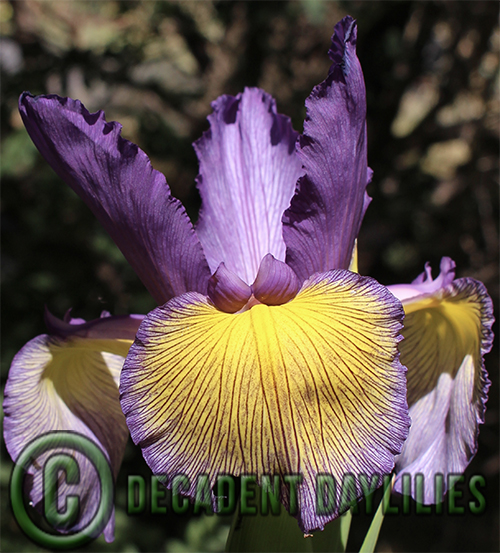
- You can lift the clumps and divide them and replant them immediately during early autumn when the rhizomes are in a dormant condition.
- Dig and cut back the leaves and the roots to 6 to 8 inches. The Spuria Iris are cut back for one reason, that is to prevent the new, planted Spuria Iris plant from falling over while the Iris is making a new root system.
- The rhizomes need to be planted at least 2 inches deep in soil. It is necessary to water the divided rhizome well till the plant gets established.
- Seeds are produced in hexagonal shaped seed capsule if the flowers are hand pollinated or pollinated by bees. Seeds can be sown in a cold frame during the autumn.
- Make sure that you are planting them well spaced as they should not be disturbed for many years.
- It is better to plant them at least 3 feet apart.
- Storing the rhizome of the spuria plant under refrigeration before replanting it triggers faster growth and cause early blooming.
Common problems
The common pests of this plant include iris weevil, thrips, snails, slugs, iris borer (not in Australia). Diseases are rhizome rot, crown rot, leaf blight and rust. Avoid watering the plant too much in summer to prevent fungal attack. If your iris spuria is not flowering, it may not be receiving full sun or you might have moved it recently. Wait for at least 1-2 years after shifting to produce blooms.



